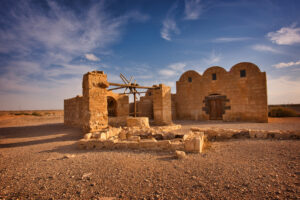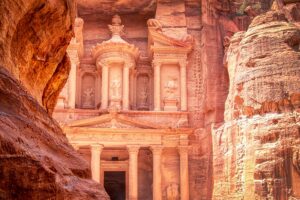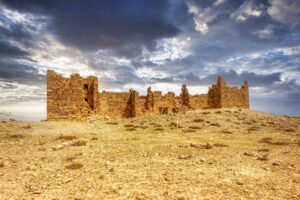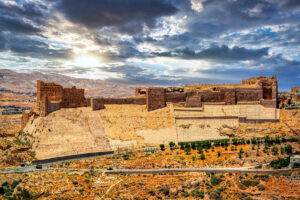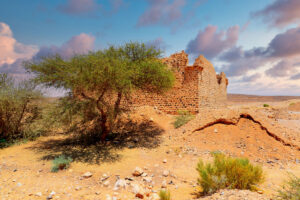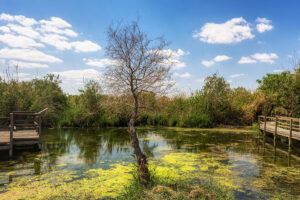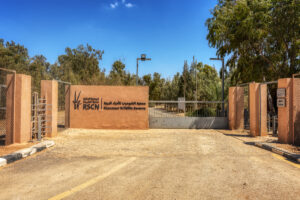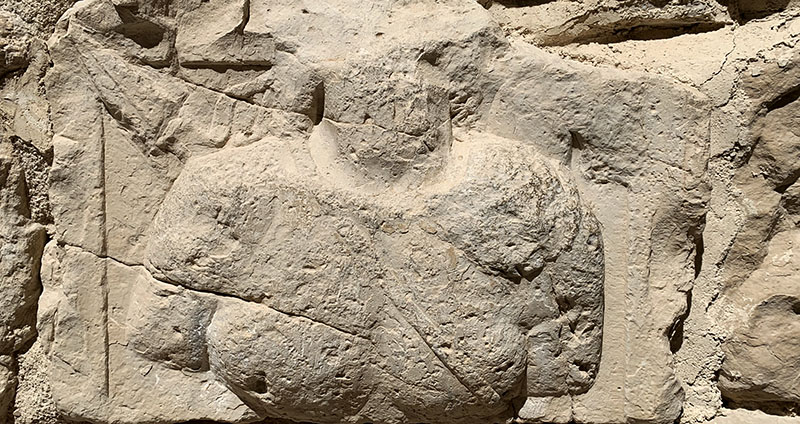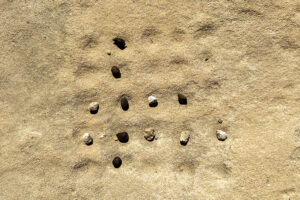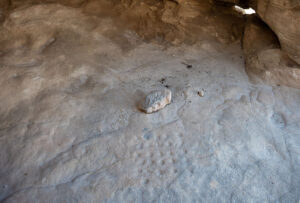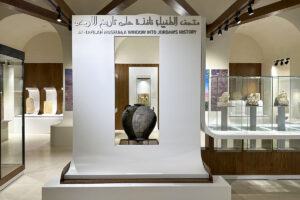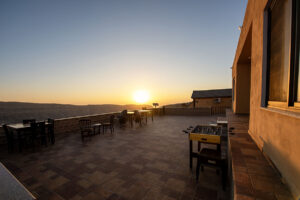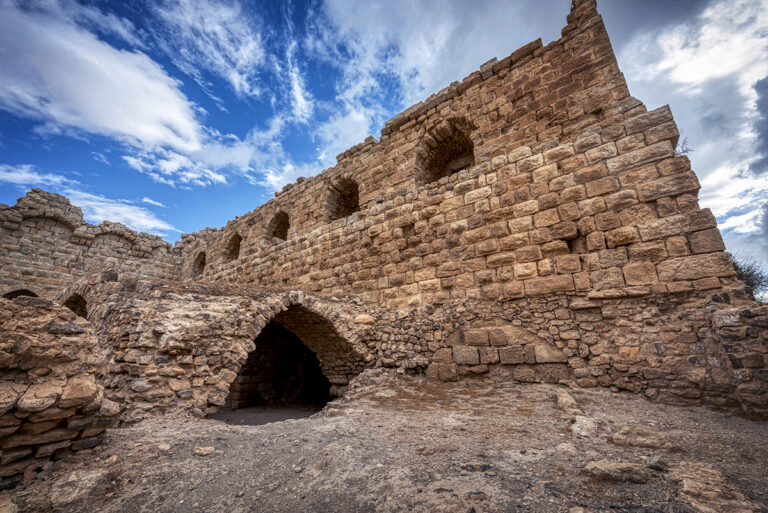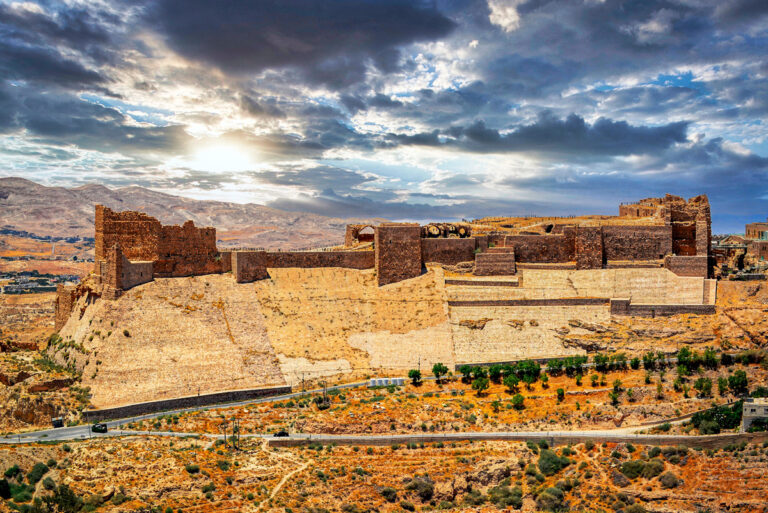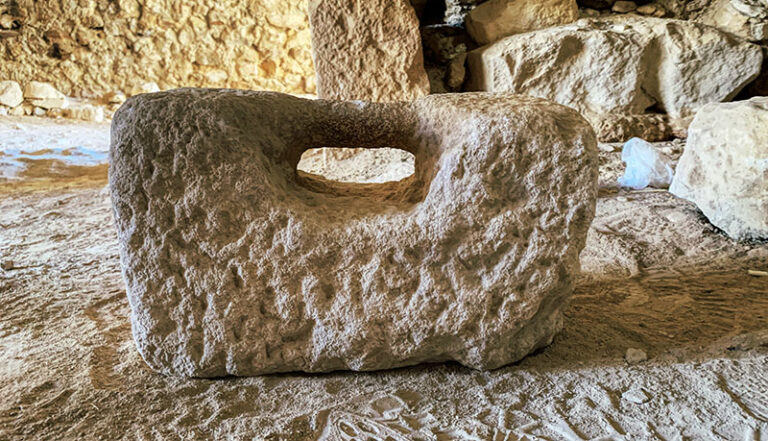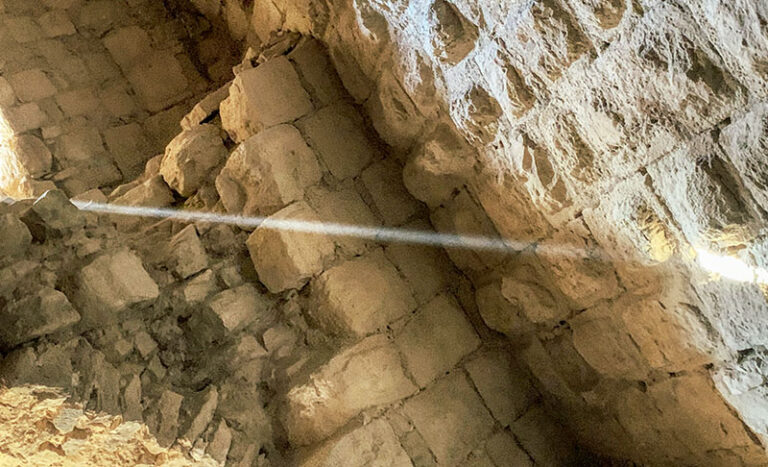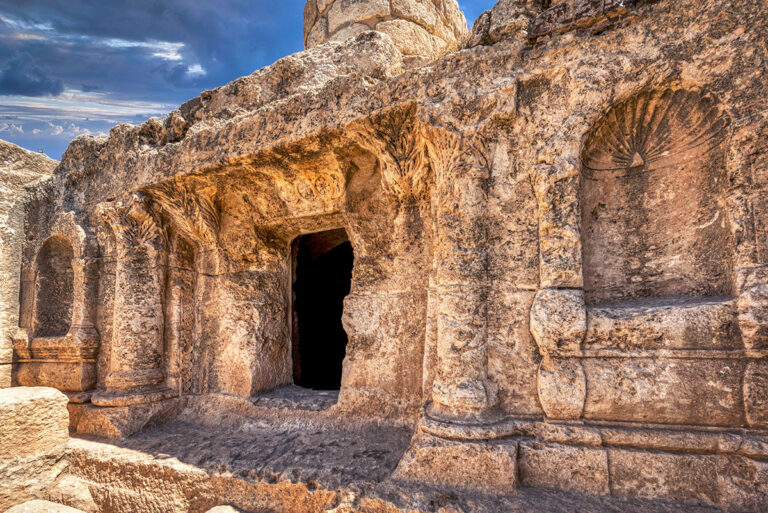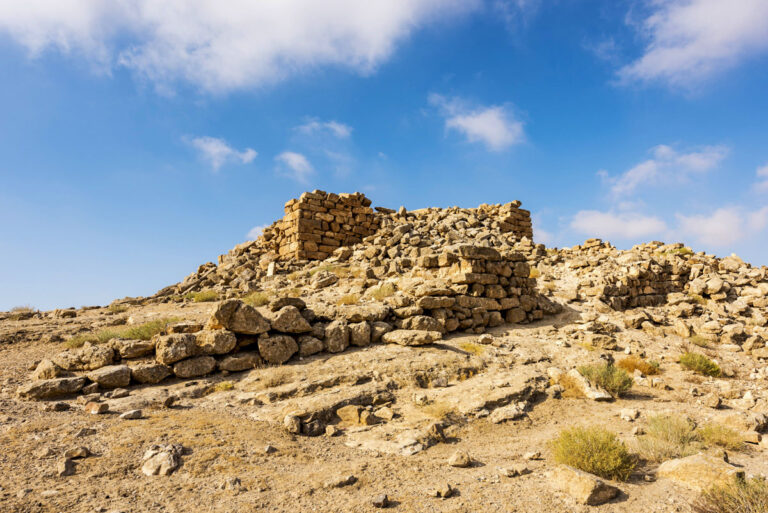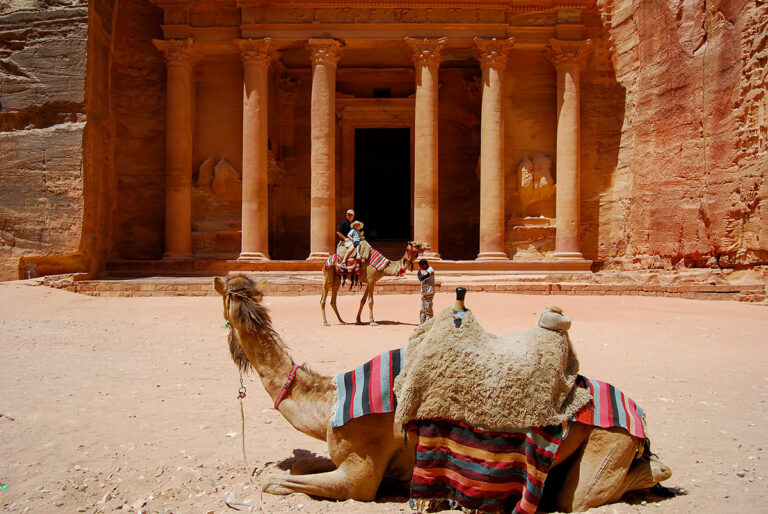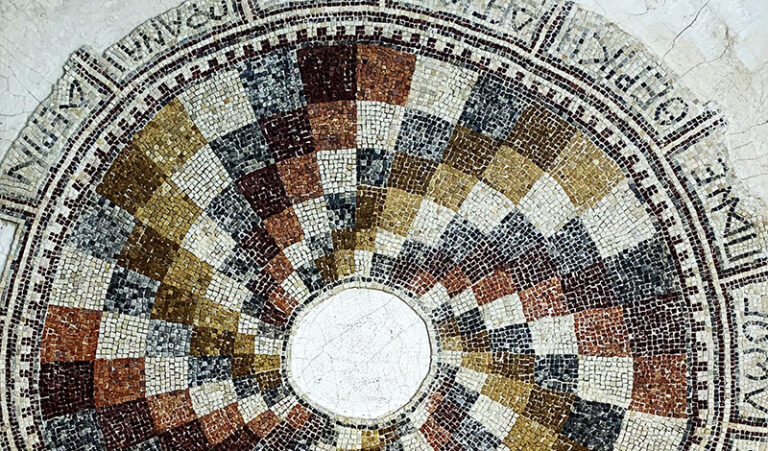Karak, Jordan – A fascinating Nabataean relief, depicting the torso of an armed horse rider, has been identified within the walls of Karak Castle, offering a glimpse into Jordan’s layered history. The relief, dating back to the 2nd century A.D., was repurposed as a building block during later periods of construction.
A Link to Nabataean Warrior Culture
The carved torso, though fragmented, showcases distinctive Nabataean artistic features, including remnants of armour and possibly a weapon, suggesting the figure’s role as a warrior or elite horseman. The Nabataeans, known for their advanced trade networks and impressive architectural achievements, played a crucial role in the region’s history.
Reused in Karak Castle’s Construction
Karak Castle, originally a Crusader fortress built in the 12th century, saw multiple phases of rebuilding under Ayyubid, Mamluk, and Ottoman rule. The incorporation of Nabataean stonework highlights the recycling of earlier cultural artefacts in later fortifications, a common practice in historical architecture.
Preserving Jordan’s Multi-Layered Heritage
Archaeologists and historians continue to study the relief to better understand its origins and significance. This discovery reinforces Karak Castle’s role as a historical crossroads, where different civilisations left their mark over centuries.
📍 Location: Karak Castle, Jordan
🕒 Opening Hours: 8:00 AM – 6:00 PM (summer), 8:00 AM – 4:00 PM (winter)
🎟️ Entry Tickets: Available at the site
Visitors to Karak Castle can explore this hidden Nabataean artefact alongside the fortress’s massive walls, underground tunnels, and breathtaking views of Jordan’s landscapes.
